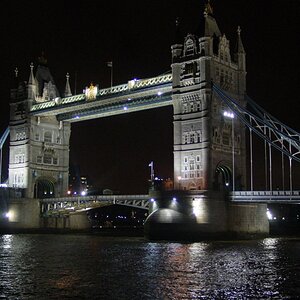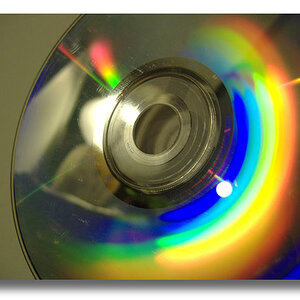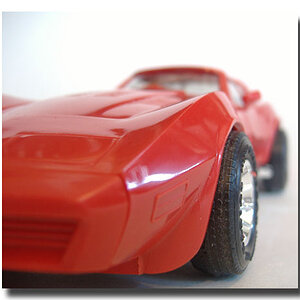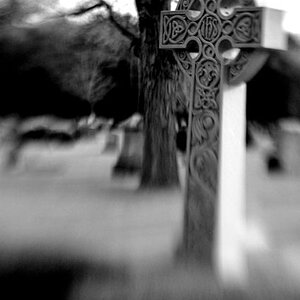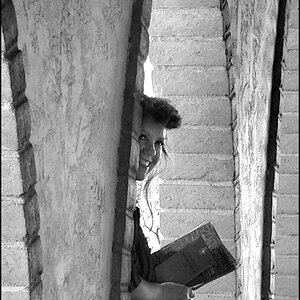explody pup
TPF Noob!
- Joined
- Mar 20, 2004
- Messages
- 126
- Reaction score
- 0
This has been mentioned a couple of time to me and I still can't really get my head wraped around the "why" of it...
So, when you get a zoom lens (say a 35-80mm for example) you aren't going to have as good of a DOF as you would with a fixed-focal length lens unless you're willing to shell out some serious dough for a high quality piece. Correct? If so, then why?
If you can't tell, I'm still shopping around for a new lens.
Thanks.
So, when you get a zoom lens (say a 35-80mm for example) you aren't going to have as good of a DOF as you would with a fixed-focal length lens unless you're willing to shell out some serious dough for a high quality piece. Correct? If so, then why?
If you can't tell, I'm still shopping around for a new lens.
Thanks.




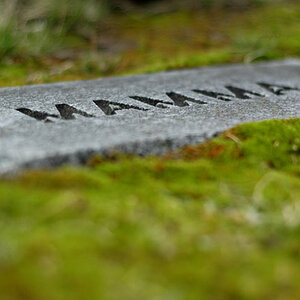
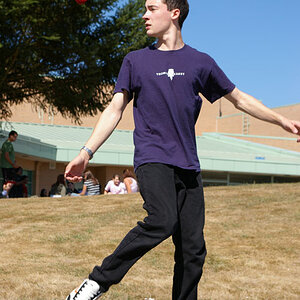

![[No title]](/data/xfmg/thumbnail/34/34067-9bb852bbf811fde3ef7941f42366412b.jpg?1619736262)
